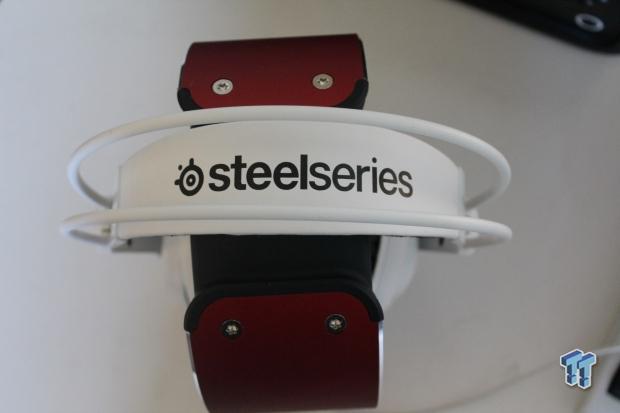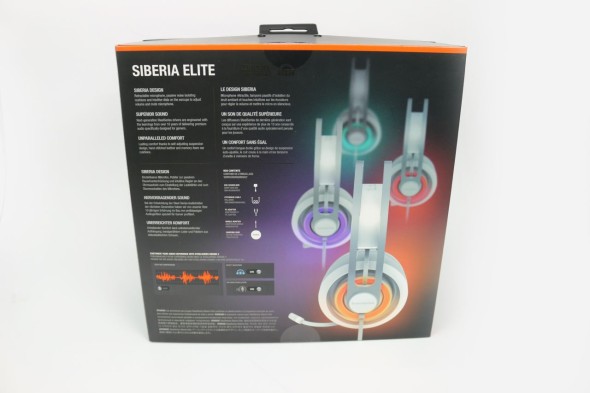

Regular headphones with the hard band are awful, but the Siberias are the only ones I have ever been able to wear for a significant (indefinite) amount of time without major discomfort. I will say this: I will never buy a headset that doesn't mimic the Siberia's design. In the process, it excludes anyone with a head circumference larger than ~60cm. Rather, the Siberia 200 trends more toward class-average. The level stability is truly exemplary in this price range as well.īut there are some significant compromises made, including a reduction of mid-range response at ~480 Hz which limits the fullness of sound and robs many sources of their presence.įit and comfort are both acceptable, even if cost-cutting means this new version no longer lives up to the very high standards of SteelSeries' previous models. Strong bass is one of them, even if it's slightly sluggish, as is the headset's balanced reproduction above 1 kHz. Conclusionįor ~$60, the Siberia 200 has its advantages. To improve the subjective sonority, which is so important for musical reproduction, we recommend gently boosting the 500 Hz range with a software equalizer. It's only the super-high frequency range that breaks down slightly above 12 kHz (even though it remains just 4 dB below the 0 dB line).įor our taste, manipulation of the mid-range is overdone. Sibilants are audible, but not overemphasized. That transition from lower to upper mid-range is especially important for the overall impression of fullness.įrom there on up to about 12 kHz, we observe almost neutral reproduction, which benefits the spatial positioning in games and the sound stage during musical reproduction. As a result, the fundamental range of female vocals and many instruments fall off, negatively influencing the reproduction of music for trained ears. More unpleasant is the loss of mid-range by up to 6 dB at ~480 Hz. In this price range, that's not a deal-breaker, though. Although it's only noticeable in certain cases, for short, sudden impulses, there's no mistaking this weakness.

The downside of a low-pitched and reasonably-priced driver is its slightly sluggish transient response, which doesn't improve, even after hours of operation. The subcontra octave is covered well it's possible to hear more in that range than you'd expect from a gaming headset. Low bass, on the other hand, sounds good. In turn, male voices boom more than they should. In our opinion, the upper bass is a little too heavy. This is entirely bearable, and probably what most gamers would expect anyway. Bass is amplified quite a bit between 50 and ~170 Hz.


 0 kommentar(er)
0 kommentar(er)
